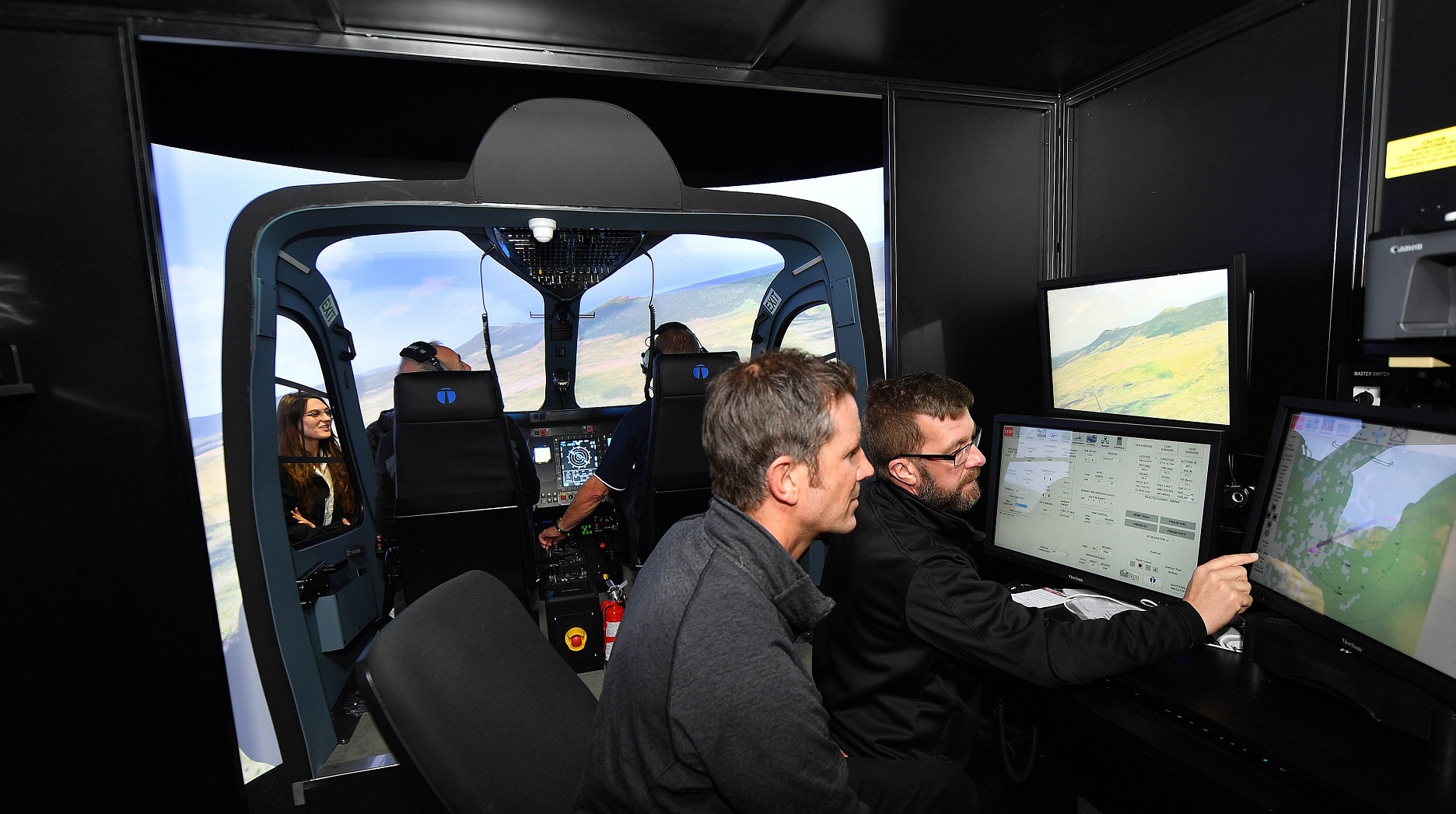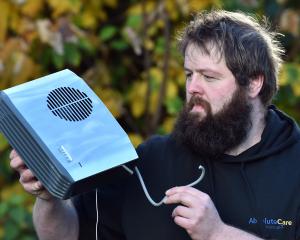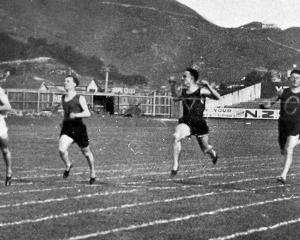Helicopters Otago has bought an Entrol H145 flight simulator, a system that allows helicopter pilots to train in flying skills, failures, what to do in onboard emergencies and flying in hazardous conditions.
The simulator is an almost perfect replica of the inside of an aircraft and is uploaded with an accurate and detailed map of the Otago and Southland region.
Graeme Gale, managing director of Helicopters Otago, which flies rescue helicopters for the trust, said the simulator was the only one of its kind south of Japan.
"The set-up has taken three weeks and we still have visitors here signing off the paperwork.
"You can put the pilots through a range of scenarios and conditions — this is the best of the best for training."
Before they had the flight simulator, the real-world training helicopter pilots received was done in the physical aircraft, an environment where you could not do hands-on training in engine failures, onboard fires or extreme weather conditions, Mr Gale said.

"You can’t do it with failures in the real aircraft because the aircraft, for one, is too expensive and is too smart to allow you to actually do that.
"In [the simulator] you can do any failure you can think of right through to its conclusion, and that brings our pilots’ skills up."
Civil Aviation Authority flight standards team lead Andy McKay, who was in Dunedin working on signing off the simulator for training, said it had two main purposes.
"You have prescriptive training, which is putting somebody in there and saying ‘this button does this, this is what happens when you do this’.
"Then you have scenario training where once people have a base knowledge of how to actually fly a helicopter we then basically put them through a scenario where the weather conditions may be bad, or put them through a difficult rescue."
The system at Helicopters Otago would also be used by other pilots around the country.












